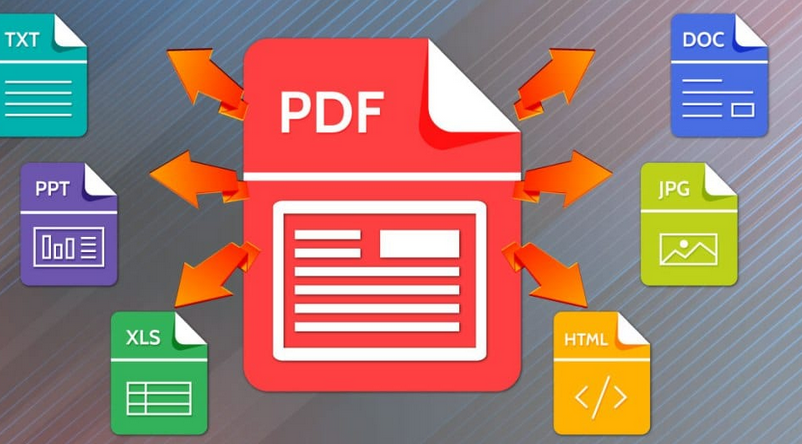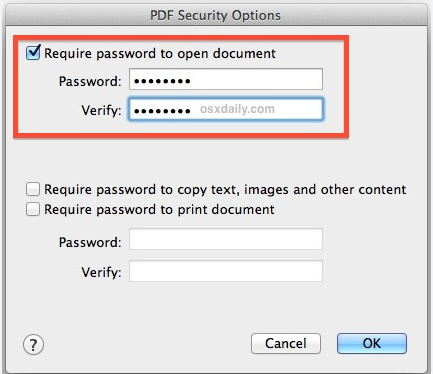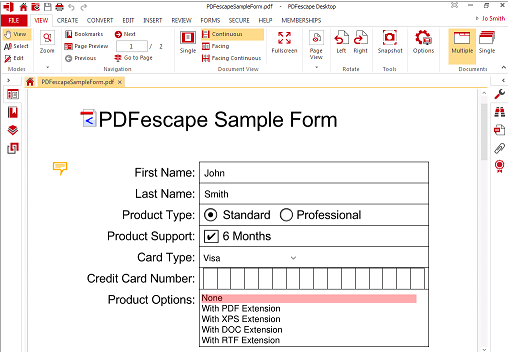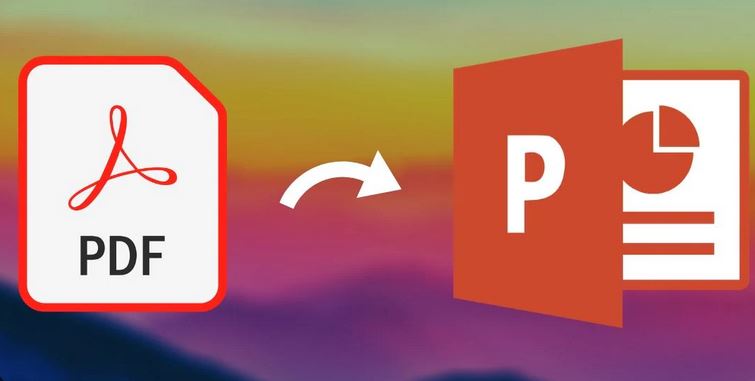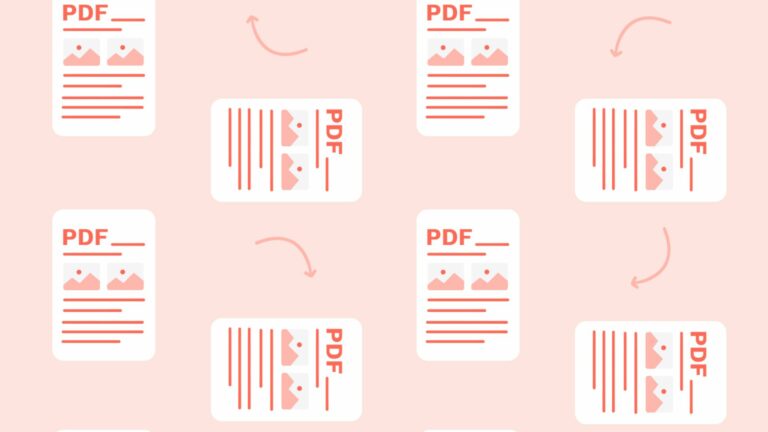Converting PDF Files to Other Formats
PDFs are the linchpin of document sharing, but sometimes you need them in a different guise. Converting PDF files to other formats opens a realm of possibilities. In this guide, we’ll navigate the world of transformation, teaching you how to expertly morph your PDFs into Word, Excel, images, and more. So, let’s embark on this transformative journey and decode the secrets of converting PDF files to suit your needs.

The Necessity of PDF Conversion
Understanding why we need to convert PDFs is fundamental. PDFs are great for viewing, but editing them can be cumbersome. Converting to Word or other editable formats unlocks the ability to modify and tailor the content, enhancing flexibility and productivity. Additionally, converting to images allows easy sharing on social media or embedding in presentations, broadening the reach and impact of the content.
Converting PDF to Word
Converting PDFs to Word is like giving wings to your content. We’ll explore tools and methods that facilitate this transformation, ensuring that your PDF text, images, and formatting seamlessly transition to an editable Word document. This metamorphosis allows for effortless editing, making your content a canvas ready for your creative brushstrokes.
PDF to Excel
PDF to Excel conversion is a necessity when dealing with financial reports, data sets, or any tabular information. We’ll delve into how to accurately convert these tables and charts into an Excel-friendly format, preserving data integrity and saving time in manual data entry. Witness the magic as PDFs don the Excel cape, ready to crunch numbers and perform data acrobatics.
PDF to Images
Images speak a thousand words, and converting PDFs to images amplifies their visual impact. We’ll explore how to convert PDFs to various image formats like JPG, PNG, or TIFF, maintaining quality and resolution. Witness how your PDFs transform into a gallery of images, ready to captivate and communicate your message.
PDF to PowerPoint
Turning PDFs into PowerPoint presentations is like giving your content a stage. We’ll uncover the techniques to convert PDFs to PowerPoint slides, preserving layout, design, and content. This conversion breathes life into static PDFs, allowing them to dance and engage, leaving a lasting impression on your audience.
PDF to Text
Sometimes, you just need the raw text from a PDF. We’ll unravel the methods to accurately extract text from a PDF, creating plain text or rich text format files. This transformation facilitates easy content manipulation, citation, or repurposing, ensuring your text is liberated and ready for a myriad of applications.
Merging PDFs: Unifying the Multiverse
Merging PDF files is an essential transformation, creating a consolidated, organized document. We’ll showcase how to merge multiple PDFs into a single file, allowing for streamlined sharing and improved document management. Witness the PDFs unite, forming a cohesive narrative or resource.
Splitting PDFs
On the flip side, sometimes you need to break a PDF into smaller, digestible parts. We’ll explore the techniques to split PDFs into separate files, facilitating easier sharing, referencing, and manipulation. Witness the PDFs transform from a monolithic block into manageable pieces, ready to conquer specific tasks.
Optimizing PDF Conversion: Tips and Tricks
Finally, we’ll unveil some expert tips and tricks to optimize your PDF conversion experience. These hacks will refine your conversions, ensuring accuracy, efficiency, and preserving the essence of the original content. Witness how these tricks elevate your PDF transformation game, making you a conversion virtuoso.
Conclusion
Converting PDF files to other formats is like giving your documents superpowers, allowing them to adapt and thrive in diverse environments. Armed with this guide, you’re now equipped to execute precise transformations, unlocking the true potential of your PDFs.
